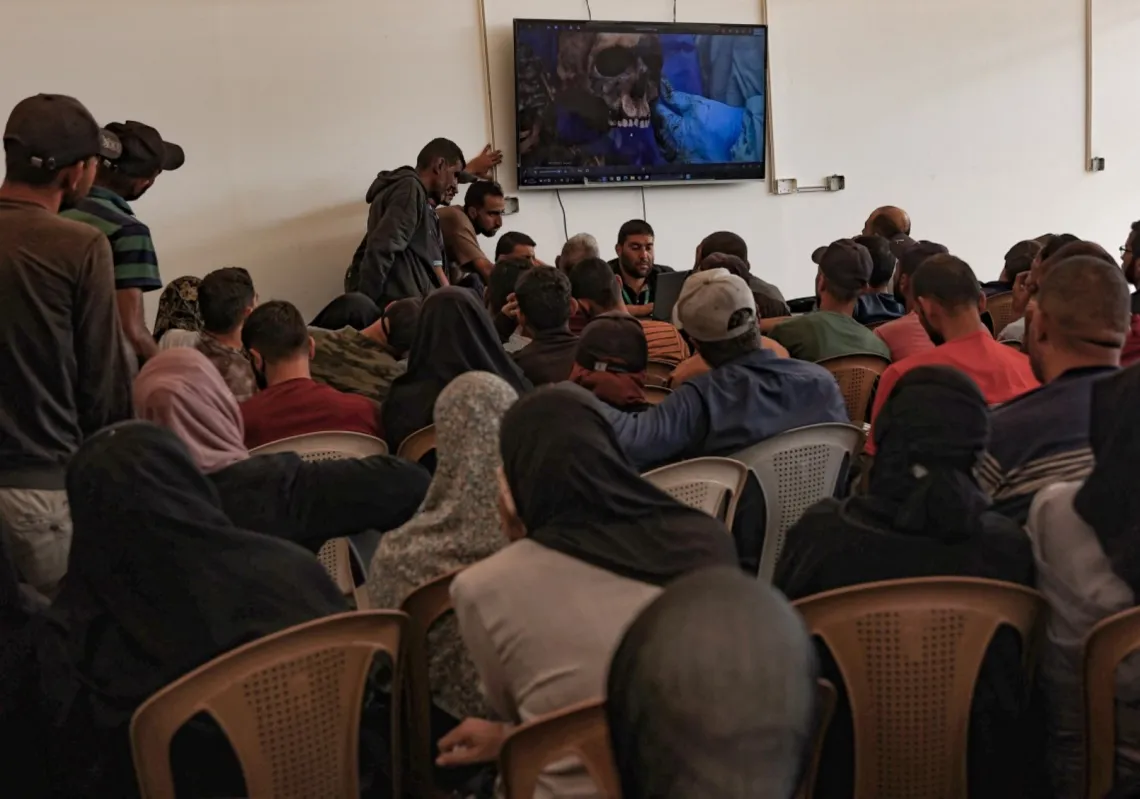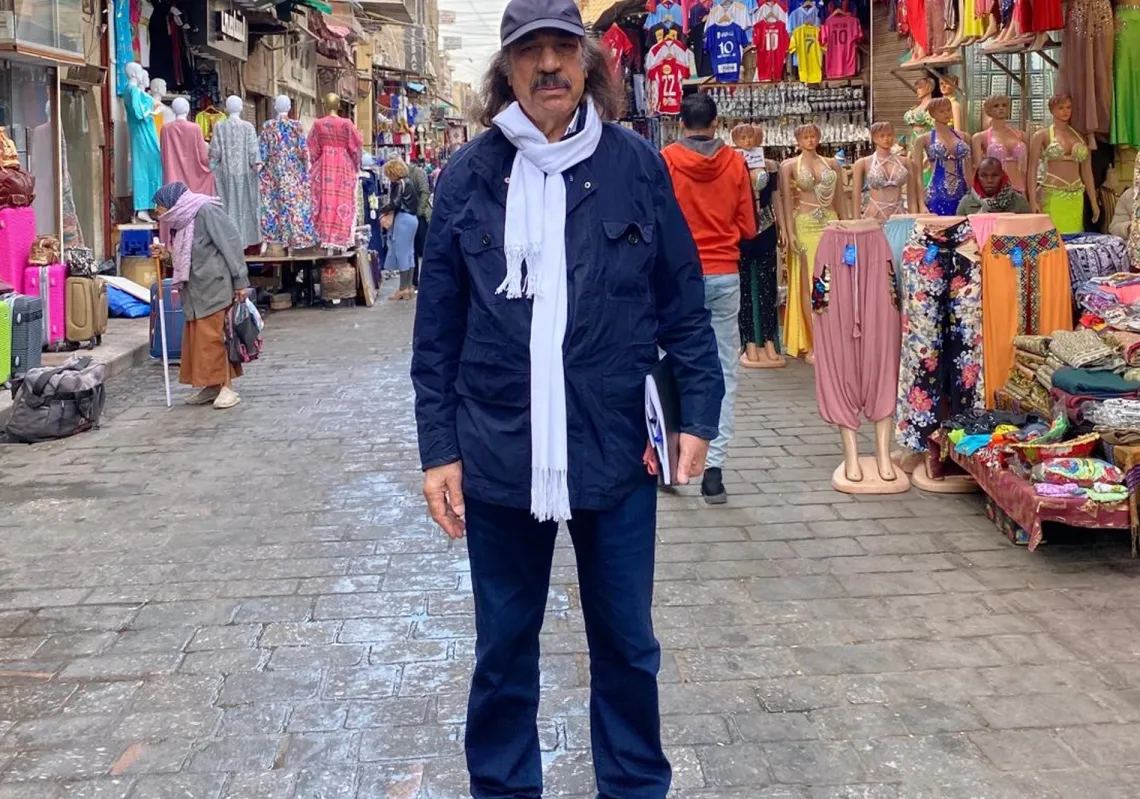In December 2011, a federal district court in Manhattan entered a historic ruling that reveals new facts about Iran's support of al Qaeda in the 9/11 attacks. U.S. District Judge George B. Daniels ruled that Iran and Hezbollah materially and directly supported al Qaeda in the September 11, 2001 attacks and are legally responsible for damages to hundreds of family members of 9/11 victims who are plaintiffs in the case. Al-Sharq al-Awasat pan-Arab daily, which published the US court documents, revealed that a New York District Court ordered Iran to pay more than $10.5 billion in damages to families of people killed in the attacks and to a group of insurers.
It seems that Iran and Hezbollah not only provided terrorist travel assistance for the 9/11 hijackers to travel through Iran to attend Afghan terror training camps, but also that Hezbollah operatives – traveled with the 9/11 hijackers in and out of Lebanon and in and out of Iran after these same hijackers had been issued visas to visit the United States.
The trial also revealed that bin Laden, Ayman al-Zawahiri, Hezbollah’s Imad Mughniyeh - assassinated in 2008 - and other Iranian attaches had met in Sudan to establish an alliance supporting terrorism. The same judge rejected a request from the families to obligate Saudi Arabia to pay compensation, claiming that there is no evidence that the kingdom funded the attacks.
The lawsuit detailed 274 instances of Iran's alleged role in terror-funding and its cooperation with terror organizations such as al-Qaeda. For example, Iran and Hezbollah were implicated in efforts to train al-Qaeda members to blow up large buildings. This training resulted in the bombing of the Khobar Towers in Saudi Arabia in 1996, the bombing of the U.S. embassies in Kenya and Tanzania in 1998, and the attack on the USS Cole in 2000.
US ignores Iran-Terror Connection
So the links between Iran and terrorist groups are not new or surprising, and the US has always monitored this relation and highlighted the links between the two. So why this was not an issue of discussion or a factor to be considered while the US administration was negotiating the Iran deal with the Iranian government? And why did the US media and analysts generally avoided mentioning the Qaeda-Iran links when the Iran deal was in the headlines, or even when the fight against Islamic terrorism picked up in Syria and Iraq?
The answer to these questions lay in the underlying assumption by the US administration that Iran could be contained through the Iran deal. It also stems from the belief that Iran is the more “moderate” Islam that could actually help with the fight against terrorism in the region. This coordination has been materialized in Iraq. In September 2015, the New York Times reported that the US and an Iran-backed militia are sharing a military base.
The problem with these two assumptions is that Iran has and will always use and manipulate all extremist groups in the world if that serves its interests. It has happened many times in the not-so-far past.
In February 2012, the US Department of the Treasury designated the Iranian Ministry of Intelligence and Security (MOIS) for its “support to terrorist groups, such as Al-Qaeda and Al-Qaeda in Iraq… again exposing the extent of Iran’s sponsorship of terrorism as a matter of Iran’s state policy”.
In 2013, it was revealed by the US officials, that Sulaiman Abu Ghaith (Osama bin Laden’s son-in-law), and who was captured in Turkey, has spent most of a decade in Iran, in some sort of confinement.
Then in 2015, the Pentagon announced that Muhsin al-Fadhli, an al Qaeda operative who had been wanted for more than a decade, was killed in an airstrike in Syria. Before relocating to Syria, Fadhli led al Qaeda’s network in Iran. The Treasury Department had already revealed this fact in a terrorist designation issued October 18, 2012. According to Treasury, “Fadhli began working with al Qaeda’s Iran-based facilitation network in 2009 and was later arrested by the Iranians.” But he was “released by the Iranians in 2011 and went on to assume the leadership of the facilitation network.”
Apparently there was a deal between Iran and Al-Qaeda on Fadhli’s activities, which requires al Qaeda’s to report to the regime. “Under the terms of the agreement between al Qaeda and Iran, al Qaeda must refrain from conducting any operations within Iranian territory and recruiting operatives inside Iran while keeping Iranian authorities informed of their activities.” “In return” for accepting Iran’s terms, Treasury continued, “the Government of Iran gave the Iran-based al Qaeda network freedom of operation and uninhibited ability to travel for extremists and their families.”
These above incidents are but some of a number of episodes that indicate that Iran frequently coordinated with Al-Qaeda, and also that Al-Qaeda enjoyed a safe haven in Iran, albeit with conditions. We don’t have considerable indicators of this cooperation after 2015, but that doesn’t mean that Iran has broken its ties with al-Qaeda. No proof of that has been provided.
Meanwhile, as a Iran still refuses to pay to the families of the 9/11 victims, the US and Iran signed the historical Iran Deal which not only will boost Iran’s economy after the release of the sanctions, but also gives Iran a green card to do whatever it needs in the region, in Yemen, Iraq, Syria, Lebanon, and elsewhere. Any discussion of this during the media and political debate in the US over the nuclear deal with Iran was lacking, even though al Qaeda’s presence on Iranian soil could potentially obstruct his vision of a post-deal world, where Iran joins the world diplomacy and stops its terrorism operations in the region.
Even after the Manhattan ruling that reveals that Iran has assisted Al-Qaeda in the attack of 9/11, little has been done by the administration to dig into these ties or provide evidence of whether they’re still going on or not. The 9/11 Commission admitted back then that several of the hijackers had transited Iran, and that Khalid Sheikh Muhammad, the jihadist entrepreneur who came up with the Planes Operation, had hid his family in Iran for years. Instead of conducting further investigations, President Obama went ahead with the Iranian deal, still insisting that the nuclear deal is part of security realignment in the Gulf.
Of course this is not a simple act of negligence. Any attempt to hold Iran responsible for the 9/11 attack, or even digging deeper, would jeopardize Obama’s “legacy” to strike the deal. Despite all the evidence and facts, the decision to not seek this further was a political decision. The nuclear deal was a priority and everything else will be put on hold.
Nuclear Deal Leaves Iran Stronger and More Dangerous
Now that the deal is done and Iran is still allowed to commit horrible atrocities in Syria and elsewhere, through its proxies such as Hezbollah, the Houthis, and Al-Hashd el-Sha’bi, it seems the issue for this administration is beyond the Iran deal when it comes to Iran and the region. In an interview with Jeffry Goldberg earlier this year, Obama indicated that the Iran Deal was mainly to make a dangerous country less dangerous. But let’s look at the facts and see if Iran has actually become less dangerous.
After the deal, Iran strengthened its control over Lebanon and Iraq, while is still permitted to besiege town in Syria, cause starvation, and force people out of the their homes and villages. With a very clear green light from the West, the UN and Russia, Iran is sending foreign Shiite fighters from Lebanon, Iraq, Pakistan, Afghanistan, and wherever is needed, to strengthen its control over the “useful Syria” – that is the corridor that stretches from the coast, through Homs, Damascus, Qalamoun and all the way up to the Lebanese borders.
But these foreign fighters, who are committing the same atrocities as other terrorism groups in Syria and Iraq, do not seem to be a problem to the US. Meanwhile, the hardliners in Iran are getting more vicious in their rhetoric, and way more controlling and brutal in their policies and behavior, internally and in the region.
Iran did not get less dangerous. On the contrary, it is not a more hazardous force in the region, with more militias than it had ever controlled. Did the nuclear program disappear? Certainly not. It’s just on hold. In any case, the nuclear program was never the goal for Iran. It was the means to reach regional control and that is exactly what Iran has achieved?
So the question now is, is it time to start holding Iran responsible for its terrorism and assistance of terrorists? When Iran begins to see the consequences of its assistance of terrorist, its atrocities in the region, and its crimes against humanity in general, then maybe it will start to realize the limitations to its unrealistic ambitions. When Iran starts paying for its crimes then probably the internal change will actually be realized. However, giving Iran a free hand in the region is not going to weaken Iran’s hardliners. If they win the region, they win everything, and that’s not going to make Iran less dangerous.
*Hanin Ghaddar is a Friedmann Visiting Fellow at the Washington Institute for the Near East Policy. She tweets @haningdr







